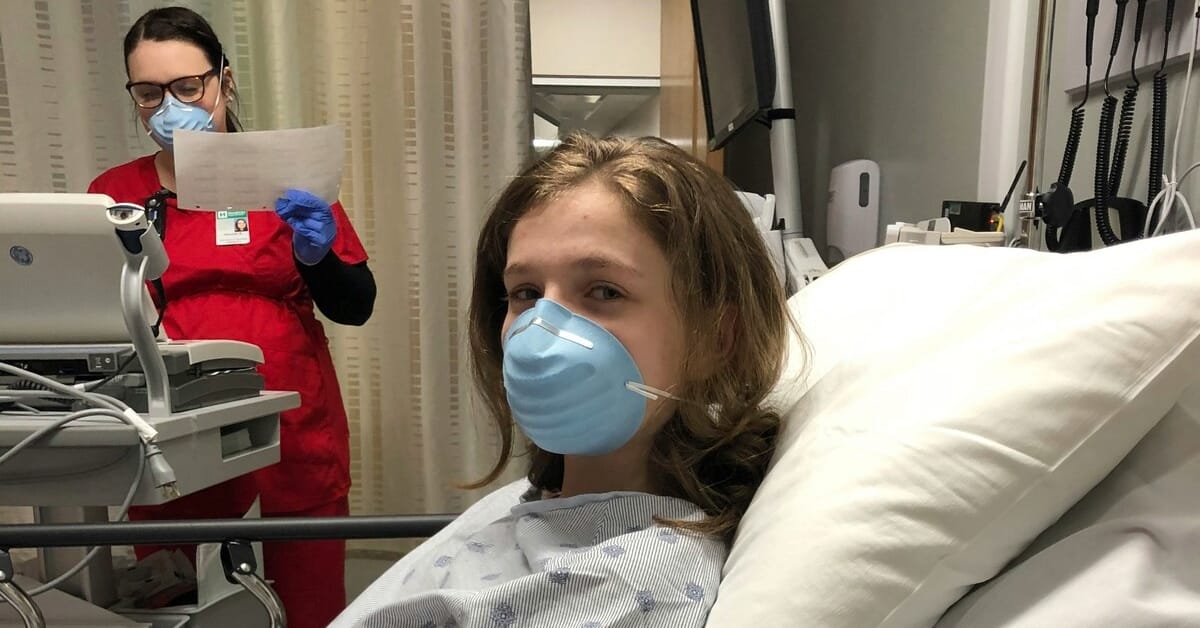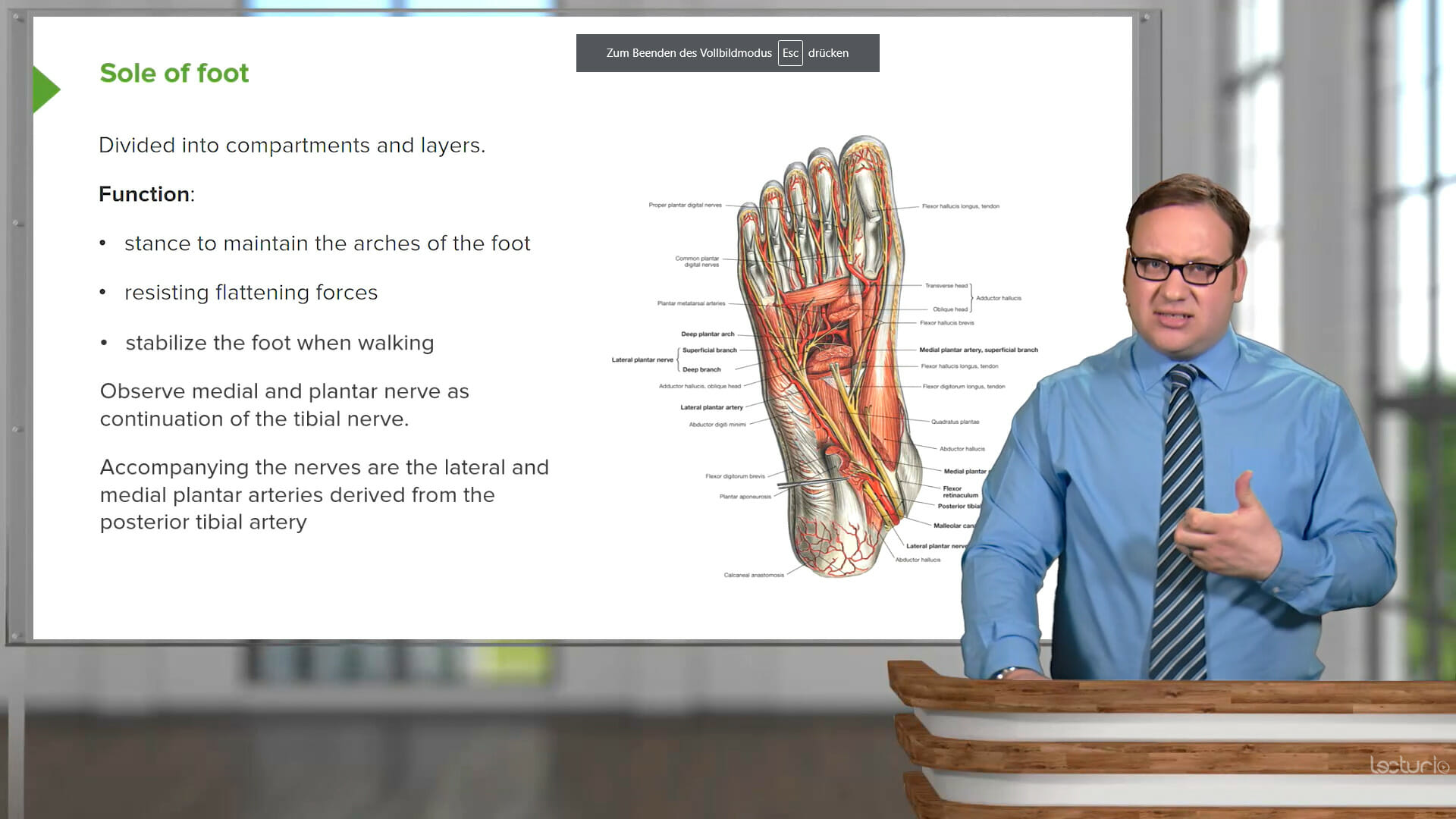I think a question that any good nurse asks themselves is: “do we have happy patients?” How would we know? What does a satisfied patient even mean? To simplify it, patient satisfaction is a gauge of how well a patient is being treated in a medical facility. The “how well” not only refers to the standard of care a patient receives, but also how happy the patient is.
Understanding Patient Satisfaction Scores
The 8 essential elements of patient satisfaction
- Nurses’ communication
- Doctors’ communication
- Communication about medications
- Responsiveness of staff
- Pain management
- Hospital environment (cleanliness and quietness)
- Instructions at discharge
- Overall hospital rating
Gathering the data: patient satisfaction surveys
A patient satisfaction score is essentially a math equation, which allows us to understand how satisfied a patient was with their care. Before we worry about any math, though, we first need to get the data to do the sum.
This data is collected from a survey. This survey can be as detailed as you (or the facility where you are working) would like it to be – healthcare facilities usually have their own pre-drafted survey that a patient is asked to complete before discharge. The survey usually comprises questions that require a rating from 1–5 (1 being completely unsatisfied and 5 being very satisfied).
Another way that facilities can gauge patient satisfaction is the smiley face system, which is the same thing as the 1–5 scale with each smile taking the place of a number. Think 5-star reviews (which is also a client satisfaction score – just a lot more simplified).
How to calculate patient satisfaction scores
So, how are these scores calculated? If you are using a series of yes or no questions, then you would use the following formula to calculate a patient satisfaction score percentage.
Example:
Q: Were your meals served warm?
A: Yes
Q: Did your doctor greet you before examining you?
A: Yes
Q: Did you find the ward quiet?
A: No
Q: Did you find the ward clean?
A: Yes
Q: Did you find the discharge process simple?
A: Yes
Calculation:
If you were using a scoring system out of 5, then the following formula would be used:
Example:
Please rate your experience on a scale of 1-5 (with 1 being completely unsatisfied and 5 being very satisfied).
- Q: How often were your meals served warm? A: 4
- Q: How often did your doctor greet you before examining you? A: 5
- Q: How quiet did you find the ward? A: 2
- Q: How clean did you find the ward? A: 4
- Q:How simple did you find the discharge process? A: 5
Calculation:

The Nurse’s Role in Patient Satisfaction Scores
The short and simple is that it is beneficial both for us as nurses and for the patient if a facility receives a good score. Good patient satisfaction scores lead to patient loyalty, better patient compliance, good patient outcomes, and fewer malpractice suits.
Patient satisfaction scores help us to understand how we can deliver care that is patient centered. This can be done by ensuring that we communicate and respond well, manage a patient’s pain, and make sure we maintain an environment that is conducive to healing.
Nurses who provide empathy and compassion, offer good quality care, ensure that they educate patients well and respond quickly to patient needs receive higher patient satisfaction scores. When you really think about it, these are all factors that should be included in offering the patient the best quality holistic care. We are known as the heart of healthcare so this is something that we should be striving to achieve in our places of work.
What Is a Good and Bad Score?
At the risk of generalizing, a score range of 80–100% would mean that, on average, most patients were very satisfied with their care. This would be an excellent patient satisfaction score.
A score of 60–80% would mean that, on average, most patients were satisfied with their care. If your facility scored between 40 and 60%, this would indicate that most patients felt neither satisfied or unsatisfied with their care, a concerning score which would need investigation. A score range of 20–40% would mean that on average most patients were unsatisfied with their care, a score that would be alarming. And, if you were to score between 0 and 20%, it would indicate that the average patient felt extremely unsatisfied with their care. A score like this would mean that the care in such a facility is of incredibly low standard. When looking at scores, it is important to analyze the results and conclude if they are reliable and if there have been any factors which may have skewed the data.
Barriers to Patient Satisfaction Scores
As with anything in life, nothing is that simple. There are some factors which could compromise the interpretation of a patient satisfaction survey or a facility’s patient satisfaction score.
Poor survey participation
The first barrier to achieving an accurate patient satisfaction score is poor participation. Patient satisfaction surveys are usually an optional form that is not required before discharge, and therefore is not completed as often as we would like.
Because of low rates of completion, one very bad or very good score could completely skew the overall average score, leaving a facility feeling unduly proud or unnecessarily worried about their score. Sometimes the poor rate of completion is not just due to patients rushing to leave but because the patient has a language barrier or mental problems. This is why other systems (such as a smiley face survey) have been introduced.
Timing and method of survey conduction
Other barriers include timing and method of conduction. A study has found that surveys conducted directly after a visit obtained very different results from surveys conducted days or weeks after a visit or hospital stay. The same study found that surveys conducted in-person also obtained different results to surveys that were conducted via telephone or online .
Patient honesty and engagement
Patient honesty and engagement also greatly affect the quality of the data that is obtained from a patient satisfaction survey. Sometimes a patient may feel that if they score a facility badly, they may be mistreated. Patients may also feel that their results may not be anonymous and could therefore choose to provide answers which they feel will keep staff happy. Engagement can also affect the quality of data if, for example, a patient is rushed or feels they have done many similar surveys and just want to provide an answer to satisfy the staff that they have completed the survey.
Conclusion
There you have it, now practice it. Remember that we are responsible, for the most part, for making sure that our patients feel happy and heard. It is up to us to offer the best patient-centered and holistic care. This means that we need to do our best to make sure that our patients are well taken care of, and that we are the voice for those who cannot speak. As nurses, some things aren’t up to us. We don’t have the final say on medication or doctors’ communication, but we do have the power to advocate for our patients. We have the responsibility to make sure that all aspects of patient care are considered, even if that just means reporting abuse or being a listening ear to a patient in need.
Go be the difference!





